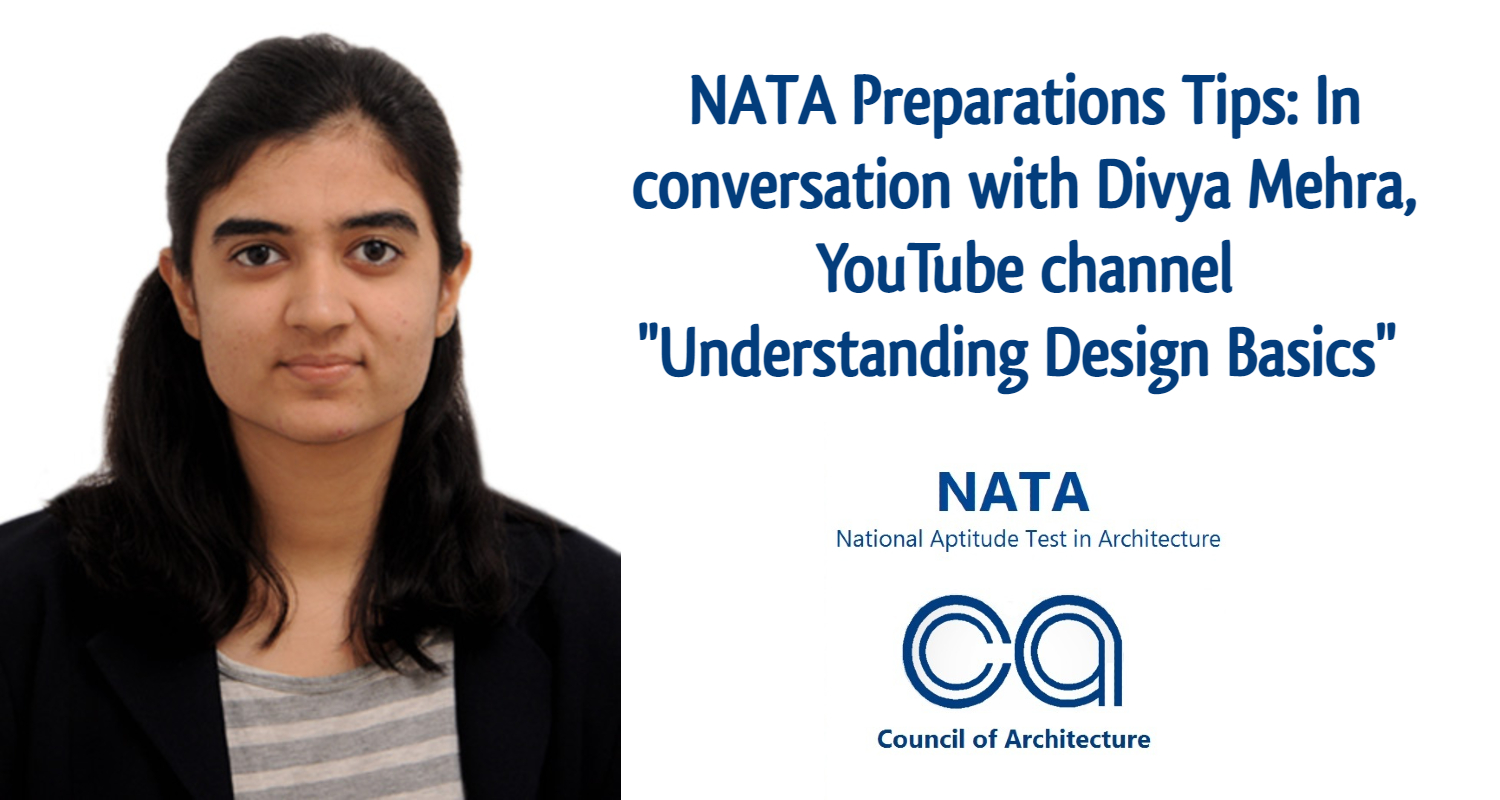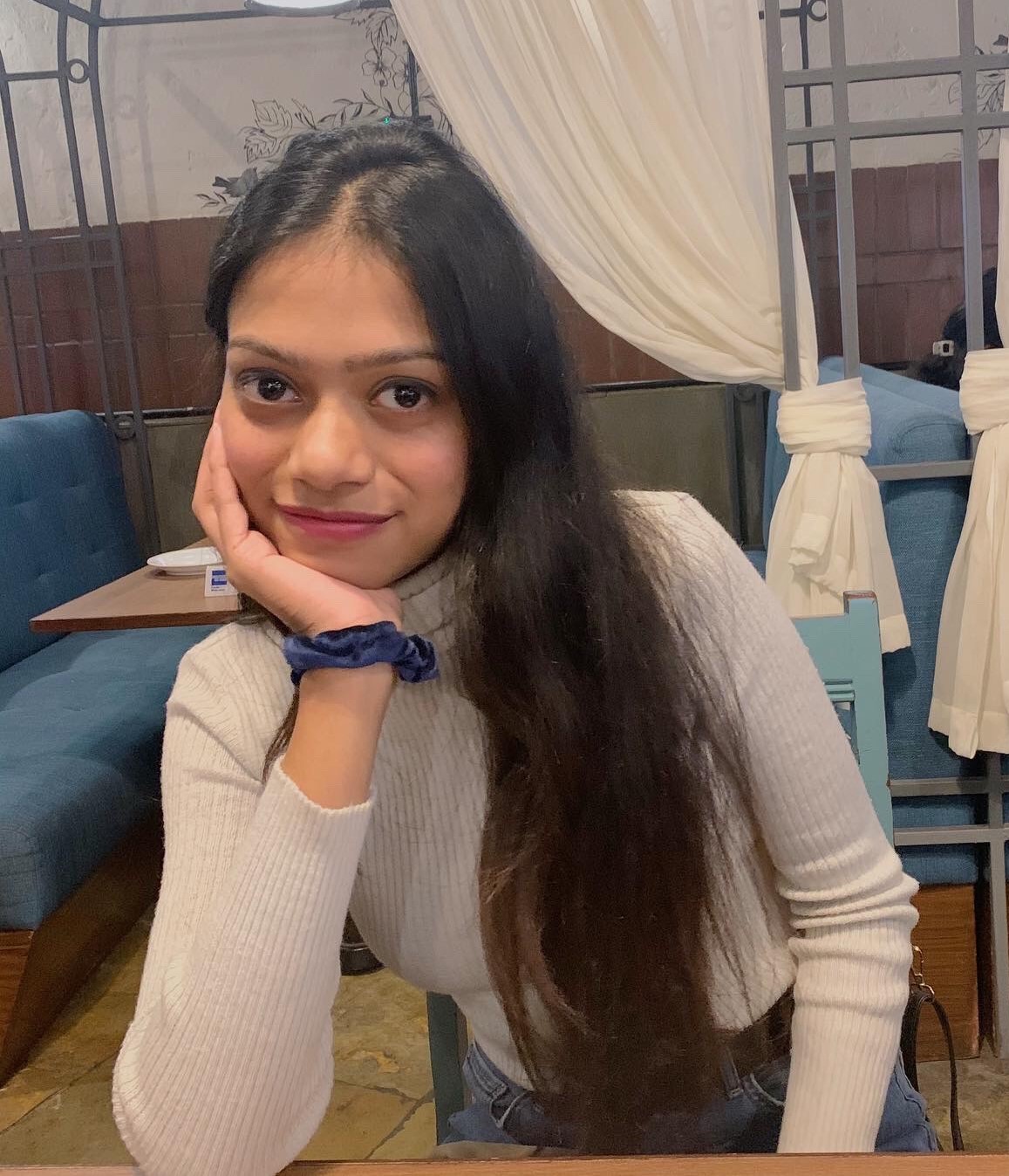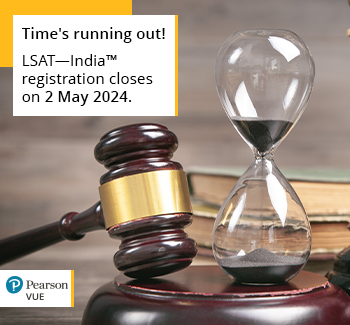NATA Preparation Tips: In conversation with Divya Mehra- Mentor for NATA

There must be a lot of questions going through the mind of students for NATA 2022 preparation. Last year NATA has changed the exam pattern a lot and as a matter of fact, the drawing section has been removed and the question paper has all questions of Aptitude. As the NATA First Test paper came as a surprise to many and there was no specific syllabus given as well there have been a lot of questions in the student's mind. To solve some of these important questions through expert opinions, I got a chance to be in conversation with Divya Mehra who is a mentor for NATA and currently is running a YouTube Channel called “Understanding Design Basics” for helping Students preparing for Architecture and Design Entrance Exams. She is also currently pursuing her Masters in Urban Planning from CEPT University, Ahmedabad, and also completed her B.Arch or Bachelor of Architecture course from the same University.
Get complete guidance for NATA, JEE Main Paper 2 Exam- Register Here or ask all your queries on 9310486685/9310476673
Download NATA past year papers for free: Download Here
In this interview, Divya shares her opinion on NATA Preparation Strategy, Exam Pattern, Architecture Colleges, and much more.
Here are excerpts from the Interview:
Ojasvi: Since there are a lot of structural changes in the NATA Exam Pattern. The drawing test has been completely omitted. As a matter of fact, there have been no official syllabus guidelines. So, with no study material available online or offline, what are the important topics, and what would be the correct approach for studying them?
Divya: The Pattern now consists of two sections. Section A consists of Aptitude, PCM, and Numerical based questions, while Section B consists of picture-based questions, with 5 pictures followed by 2 questions each.
Based on the interactions with the students who recently gave the NATA Exam, the topics students should focus more on are aptitude with emphasis on architectural terms and facts like; architectural history, famous architects, famous buildings, and common construction materials. There are still the topics most of the questions still are asked from.
Apart from this, students will also need to focus on theory questions like understanding design principles and their application and basic color theory, to be able to attempt the second section of the exam, i.e. the picture-based questions.
Ojasvi: The marking scheme for NATA 2021 has been revised. There is no negative marking. Moreover, 1 mark, 2 mark, and 3 Mark questions will be asked based on the type of question and section. What would be the appropriate strategy to get the best results?
Divya: Since there is the advantage of no negative marking, make sure you attempt all the questions and give each question a last check before finally submitting the answer. Apart from that try looking for sample questions, even those based on previous NATA patterns, since the questions related to architectural terms mostly will remain similar, or will follow the same pattern.
Students can also invest some time in attempting mental ability questions through any open-source and improving their grasp on these subjects.
There is not much need of emphasis to be given on the PCM part, since the questions asked are from a basic level, and students can answer them easily.
Ojasvi: The question paper is a combination of MCQ, MSQ, PCQ (Preferential Choice Questions), and NAQ (Numerical Answer Questions). How should students prepare for each of these types of questions?
Divya: It is not about the type of questions, but more about what is being asked in the question, since it will already be specified in the introduction to the question, what type of question it is. That said, it is very important that the student reads and understands the question carefully first, and what is being asked.
In the case of MSQ's (Multiple Select Question), the question demands either 2 or 3 closest options out of the given 6 options. So the idea is to choose what looks most appropriate. For e.g. by showing a picture, the question may ask you what design principles do you associate most closely to the image, you must select answers that are the most evident. This would also thus require that you first understand what all design principles are and how they are applied.
Ojasvi: New changes in the NATA Exam Pattern aim to test students on their architectural aptitude. What would be the techniques that would be used by the examiners and how must students prepare for this?
Divya: Since the exam is completely online now with the drawing section completely omitted, the examiner will be testing the student mostly on his/her observation skills, mental ability, and analytical skills. This makes sense since architecture is 50% observation and 50% and analytical thinking and problem-solving. So rather than focussing on the range of questions available, students will have to focus more on improving their mental aptitude by either taking different practice tests or improving their recollection ability. This is necessary since, in the second part of the NATA Exam, the picture test, most of the questions pertained to recollecting whatever you saw in the picture, eg. How many children were there, were there any adults, anything peculiar, etc. All these require strong retention and relation agility.
Apart from this, the focus should also be on the core syllabus of architectural terms and facts as stated in the previous answers.
However, as a side note, I would also prefer that students (if they find time), should also work on improving their drawing skills, even if it is not a part of their exam. Firstly because, it is a necessary core skill required in the profession and secondly, it is the easiest and fastest way of explaining your idea to someone (faculty or clients).
Ojasvi: As there is no centralized counseling for NATA, students need to apply through their NATA score. So what are the best architecture colleges in India that accept NATA scores?
Divya: Rating the architectural colleges will have to be a personal stand since you need to choose a college which fits perfectly for you. There will be constraints related to location, budget, fee structure, hostel arrangement, and a general public preference. Being alumni of CEPT University, Ahmedabad, I would keep it on the top of the list, since it’s a multi-disciplinary university, dealing with all aspects of the built environment and the student life and culture is to die for.
Other colleges would include, J.J. College, Kamla Raheja, and Academy of Architecture in Maharashtra, but after checking the domicile requirements for the same.
In the North, one can apply to colleges in Delhi like IP University. There are other state-wise colleges also which take NATA scores for application.
About Author

Ojasvi Gupta
Ojasvi Gupta has worked for the Indian Express and Enactus DSC as a writer. Currently pursuing BCom Hons from Delhi University, she loves to spend her free time listening to music, reading, or playing with her dog. With her strong inclination towards writing, she serves as an author for Educere India.







